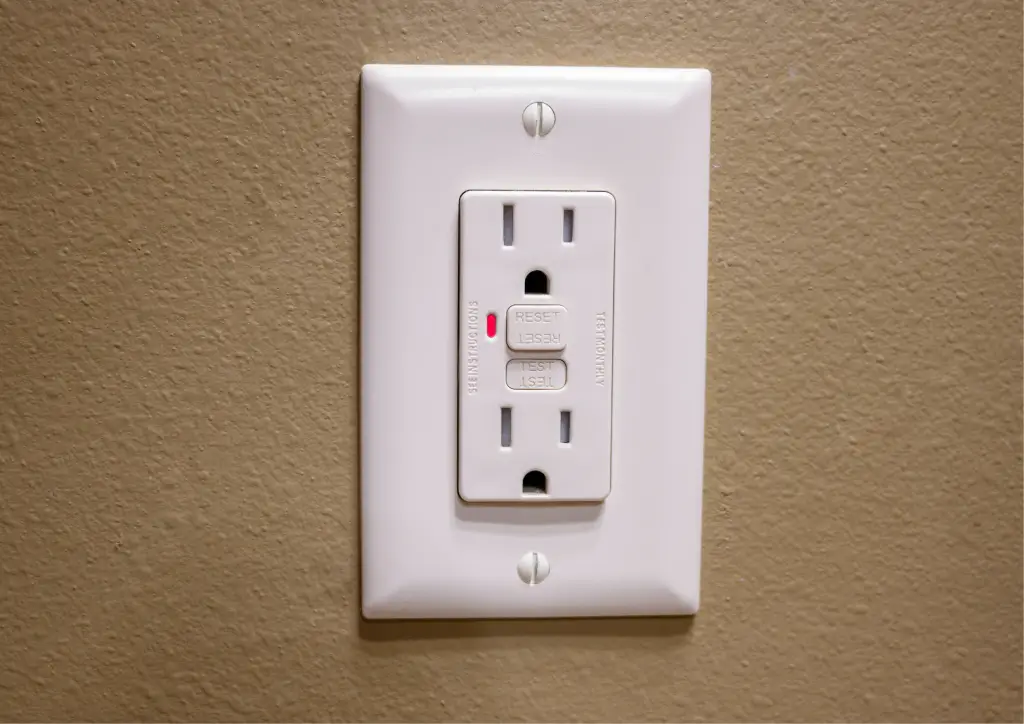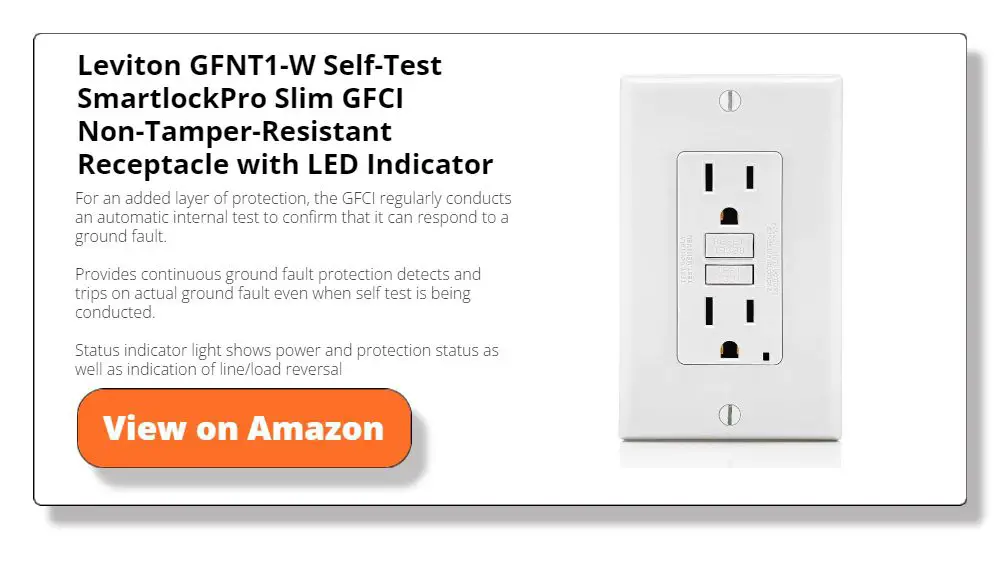Ground Fault Circuit Interrupter or GFCI receptacles have become indispensable to electrical safety. These specialized outlets trip the circuit when a ground fault happens.
This article will help you understand GFCI receptacles to determine if they are worth the investment.
Contents
History and Development of GFCI Receptacles
GFCI receptacles have come a long way since they were first introduced. These safety outlets are an invention that has saved countless lives by helping to prevent electrical shocks and fires.
Let’s journey back to see how these essential devices evolved and improved.
The Origin of GFCI
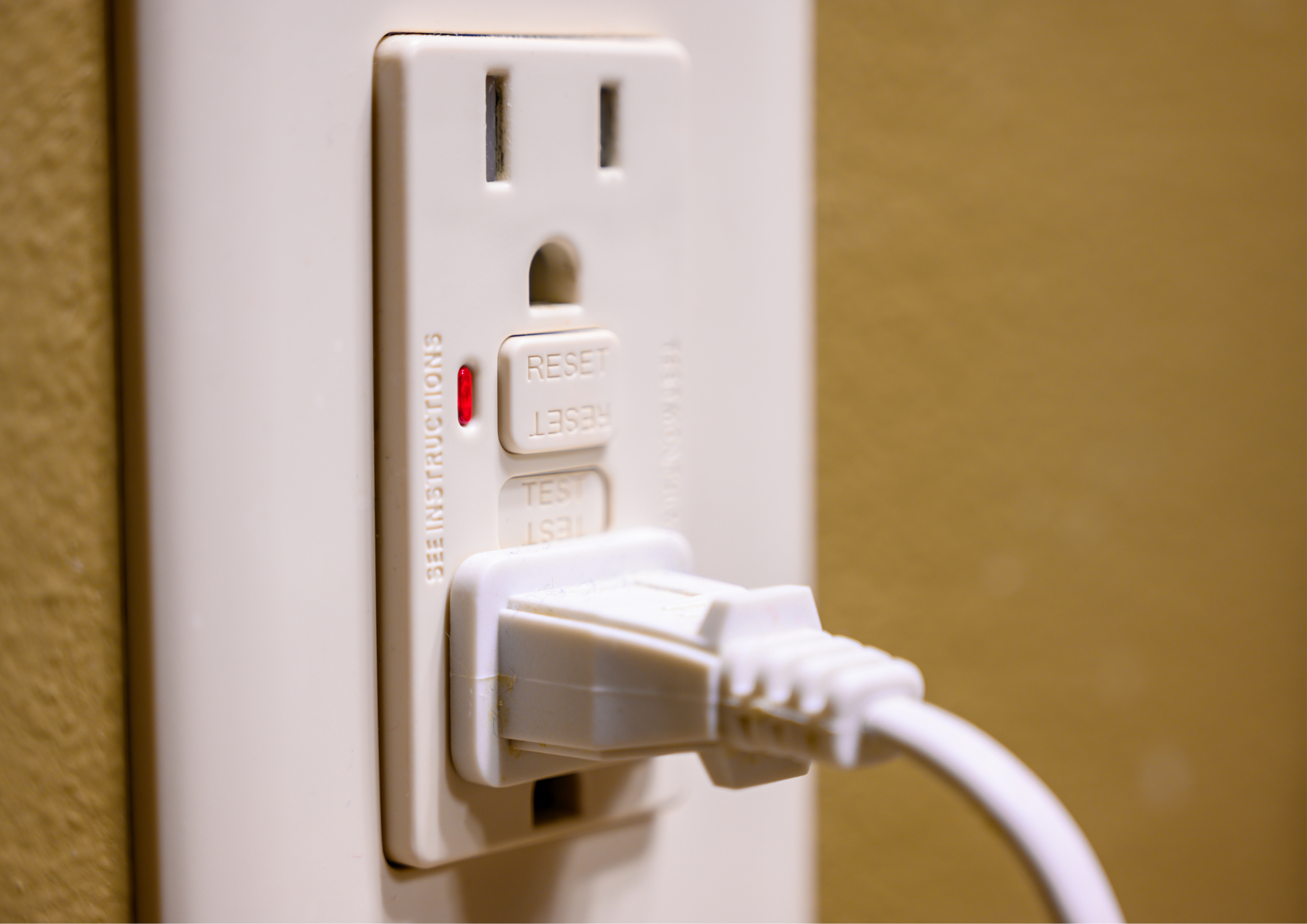
The idea for GFCI receptacles started in the 1960s when people wanted to find a way to stop electric shocks and fires. Getting shocked by electricity or having an electrical fire was a big worry back then. This was especially true in factories and homes with many electric gadgets.
The first GFCI receptacles were bigger and not as good as the ones we have now. They often needed extra stuff to work right. But people saw that they could save lives. So, these first GFCIs helped pave the way for the better ones we use today.
Evolution and Technological Improvements
Over time, GFCIs got a lot better. The older ones were big, and you had to check them to ensure they worked constantly. But thanks to new technology, they got smaller and better at spotting electrical problems.
Nowadays, GFCIs are smarter and easier for anyone to use. They have buttons labelled “Test” and “Reset” so you can check if they’re working right. You can even connect some GFCI to your phone to see if they protect your home or office.
Regulatory Changes and Building Codes
People in charge of making rules noticed how good GFCIs are at stopping electric shocks and fires. So, by the late 1900s, new rules said that GFCIs had to be put into new buildings. This was mainly for areas like bathrooms and kitchens where water is nearby.
In the U.S., an extensive rule book on electricity called the National Electrical Code made GFCIs a must-have. Other countries also made similar rules. These new laws made GFCIs go from being an extra safety feature to a required part of keeping buildings safe worldwide.
Similar rules were set around the world. These rules are either part of national building codes or through other legislation. These regulatory changes turned GFCIs from optional safety devices into important ones.
In summary, GFCI has gone from a groundbreaking idea to a vital tool in keeping us safe in our homes and workplaces. They have improved and are now a common requirement in building codes.
How GFCI Receptacles Work
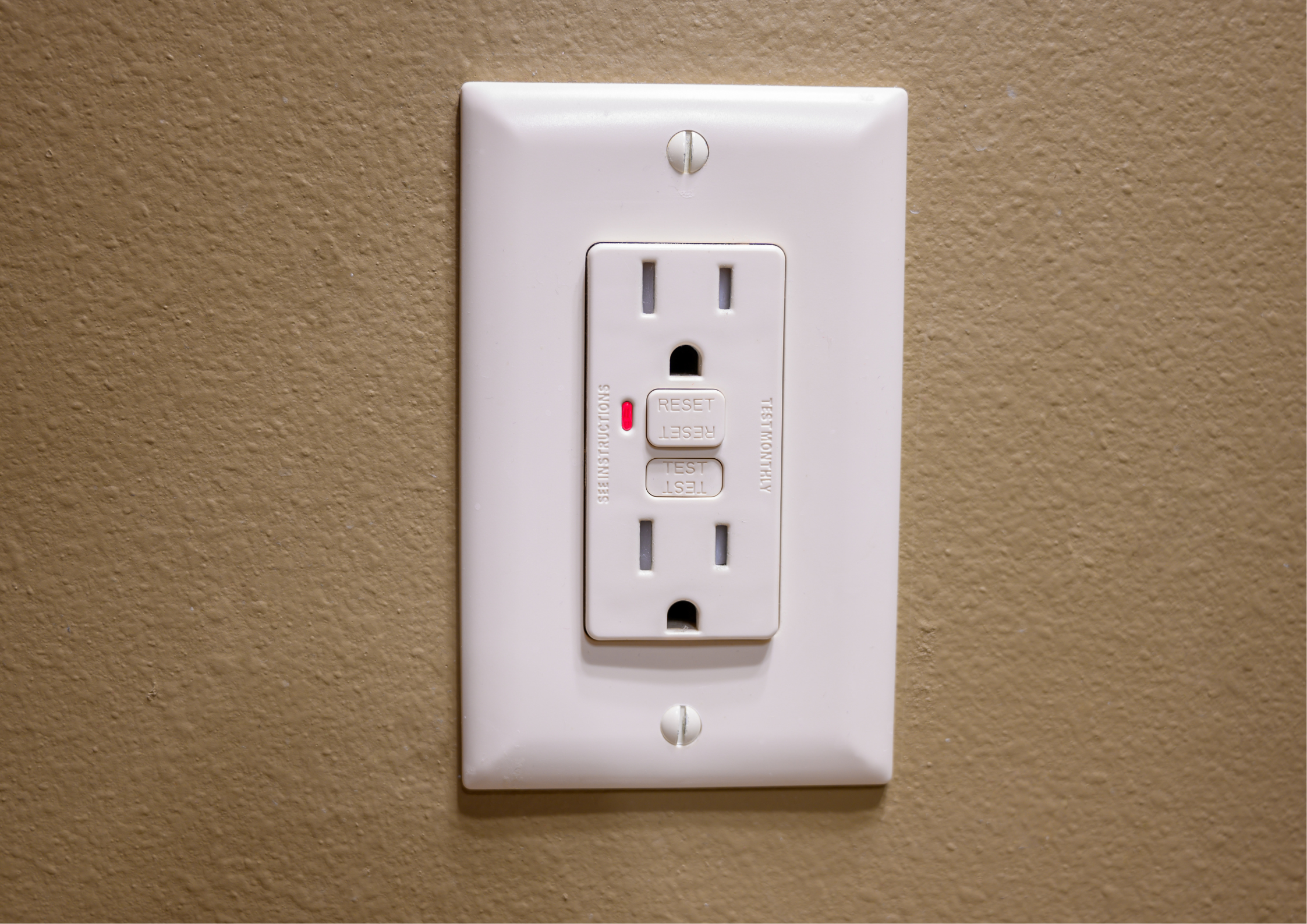
Understanding how GFCI receptacles operate is key to fully appreciating their role in electrical safety. In this section, we will break down how they safeguard your home or workplace.
Explanation of Ground Faults
A ground fault is essentially an electrical “shortcut.” Imagine pouring water through a hose, expecting it to come out the other end. Now, what if there was a hole in the hose? Some water would escape, right?
A ground fault is similar when electricity escapes from its intended path. This could happen due to damaged wiring or even contact with water. In the case of a ground fault, the stray electricity will attempt to reach the ground.
This is dangerous because that shortcut might involve passing through a human body. The result could be a severe or even fatal electrical shock. GFCIs protect you by cutting the circuit when it sees a ground fault.
The Mechanism of Detecting Imbalances
Every GFCI receptacle is a susceptible mechanism that constantly watches the electrical current. Think of it as a vigilant referee in a game, ensuring everyone plays by the rules. In this case, the “rules” state that the amount of electricity going into an appliance should be almost equal to the amount coming back.
Any discrepancy between the two, even tiny, can signal a problem. When the GFCI detects an imbalance, it springs into action. How fast? We’re talking within fractions of a second. This is crucial because the speed of response can make a difference.
The Tripping Mechanism and Resetting Process
So, what happens when a GFCI detects an imbalance? It trips, cutting off the flow of electricity to that particular outlet. Imagine this like a safety switch that instantly turns off a machine if something goes wrong.
It’s a rapid response system that stops the electrical flow, thus averting the risk of shock or fire. After tripping, the outlet will be inactive until it’s reset.
On the face of most GFCIs, you’ll see two buttons: ‘Test’ and ‘Reset.’ After a trip occurs, you must press the ‘Reset’ button to get the outlet working again. This act restores the electrical flow, telling the GFCI that you’ve acknowledged the issue and it’s safe to resume normal operation.
In a nutshell, GFCI receptacles act as vigilant guardians. It continuously monitors the flow of electricity to protect against ground faults. Their ability to quickly sense problems and shut off electrical flow makes them invaluable.
Strengths of GFCI Receptacles
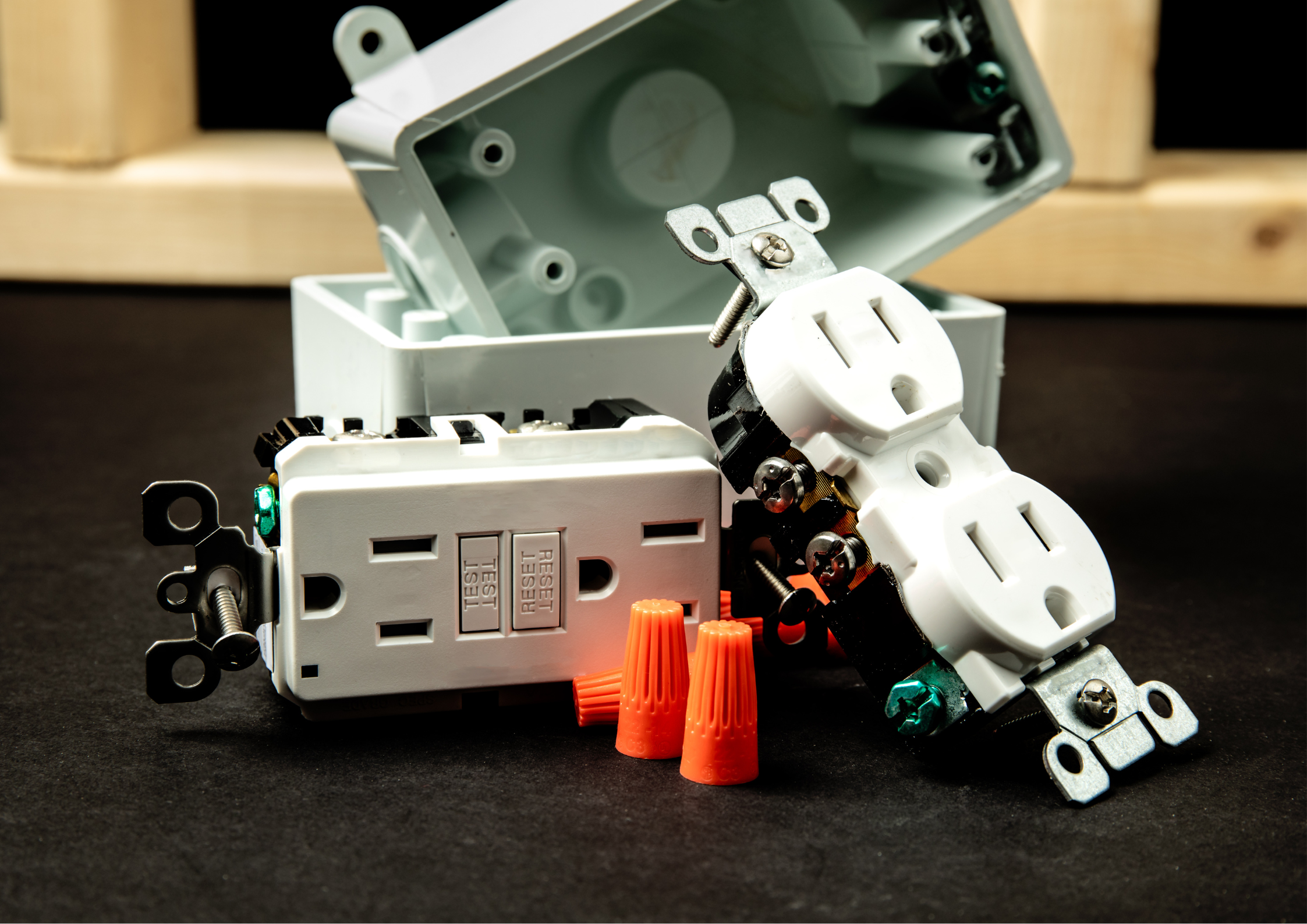
Understanding the advantages of GFCI receptacles lets you know if they are worth investing time and money. Here are the benefits of these safety outlets:
Quick Response to Electrical Imbalance
One of the main benefits of GFCI outlets is their ability to detect electrical problems. These outlets can sense within milliseconds if electricity flows where it shouldn’t be.
This is a big deal because even a tiny delay can result in a harmful shock or even start a fire. GFCIs act fast to cut off this electricity. The fast response prevents electrical hazards within your office or home.
User-Friendly Design
Branded GFCI tends to be user-friendly, where anyone can see if they are protected from shorts. Take the 3GRACE GFCI Receptacle, for example. The front panel has clearly labelled switches and coloured LED lights to show what is happening to the shock protector.
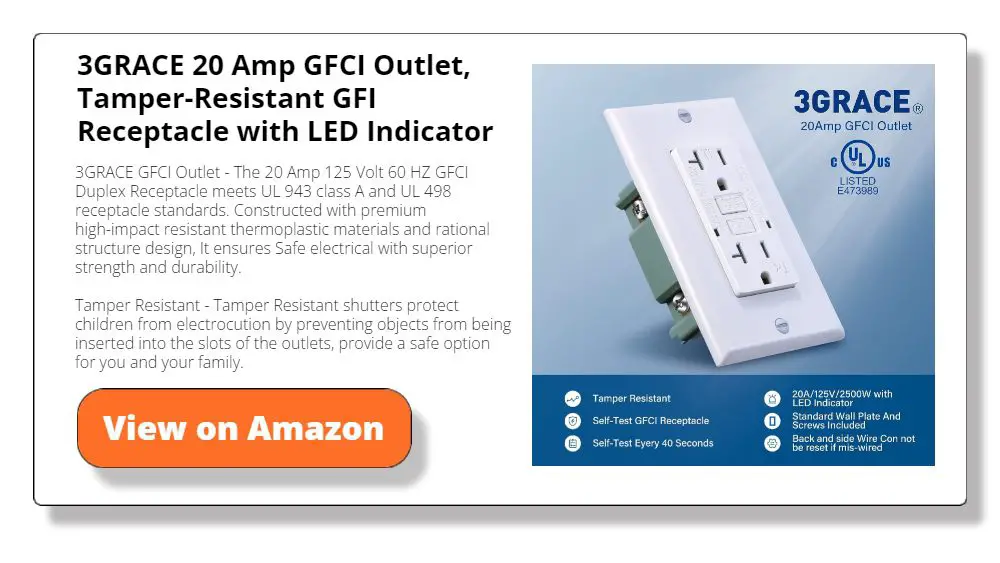
Versatility in Applications
Another great feature of GFCI receptacles is their versatility. These outlets are useful in many settings, from houses and apartments to offices and factories. They’re not just for places at high risk for electrical issues.
Because they’re so adaptable, they’re becoming a standard safety tool in all environments, meeting diverse needs and conditions.
Enhanced Safety in Wet Environments
Bathrooms, kitchens, and outdoor spaces often get wet, which makes them riskier when it comes to electricity. Water conducts electricity well, so the chance of getting shocked is higher in these places.
That’s why building codes usually require GFCIs in such areas. They can quickly sense and stop electrical problems, making these spaces much safer.
Low Cost and Easy Installation
Installing GFCIs is generally easy on the wallet, which makes it easier to put them in new or existing buildings. Brands like Leviton offer products that are not only cost-effective but also come with guides that make DIY installation straightforward. The ease and low cost of putting in these outlets mean that often you can do it yourself, saving even more money.
In summary, the strengths of GFCI receptacles make them indispensable for ensuring electrical safety. Their quick responsiveness, user-friendly design, and versatility are just a few reasons they have gained widespread acceptance and use.
Weaknesses of GFCI Receptacles

While GFCI receptacles offer substantial benefits in electrical safety, it’s important to acknowledge their limitations. Understanding these weaknesses can help consumers make informed decisions and take additional precautions when necessary.
Susceptibility to Wear and Tear
GFCI receptacles are subject to wear and tear like any other piece of equipment. Though designed to last for years, the internal mechanisms can deteriorate, mainly if they’re frequently triggered.
This decline in performance could result in a false sense of security, as you might believe the device is fully functional when it’s not. Regular testing is essential, but the natural aging process means that GFCIs should eventually be replaced to maintain a high level of safety.
Sensitivity to Voltage Fluctuations
GFCI receptacles are extremely sensitive to changes in electrical current, which is mostly good. However, this sensitivity can also be a drawback. In minor voltage fluctuations, like during thunderstorms or power surges, the GFCI might trip unnecessarily.
While it’s better to be safe than sorry, these “false alarms” can be frustrating and inconvenient, requiring a manual device reset each time it happens.
Possibility of Nuisance Tripping
Related to their sensitivity is the issue of nuisance tripping. This occurs when the GFCI shuts off the electrical circuit for what appears to be no reason at all. Sometimes, high-powered devices like vacuum cleaners or hairdryers can trigger this if they momentarily draw more current.
Although resetting the outlet is a minor inconvenience, repeated nuisance tripping can become frustrating. It may even discourage people from using GFCIs, reducing their effectiveness as a safety feature.
Limitations in Detecting Some Types of Faults
While GFCIs are great at detecting ground faults, they’re not foolproof for all electrical issues. For instance, they can’t detect an overload in the circuit or problems that might occur if two wires are short-circuited.
In such cases, a circuit breaker or fuse is still necessary for complete protection. Understanding that GFCIs are part of a broader safety ecosystem rather than a one-stop solution is essential for maintaining comprehensive electrical safety.
Complexity in Multicircuit Installations
In complex electrical setups involving multiple circuits, installing GFCIs can become complicated. There might be issues with circuit design that make it challenging to identify the best locations for GFCI installations.
In multi-circuit systems, a tripped GFCI could affect multiple outlets or appliances, making it challenging to identify and resolve the problem. These complexities require careful planning and, often, professional installation, adding to the cost and effort required to implement GFCIs in such environments.
In summary, while GFCIs are a critical safety feature in modern electrical systems, they are not flawless. Awareness of the outlet’s problems allows for better safety measures.
Best Practices in Using and Maintaining GFCI Receptacles
While GFCI receptacles are limited, proper usage and maintenance can significantly enhance their effectiveness. This section will explore some best practices for getting the most out of your GFCIs.
Regular Testing
One of the most critical steps in maintaining the effectiveness of your GFCI receptacles is regular testing. Most units come with a “Test” button, which should be pressed monthly to ensure the device works as it should.
You then reset it using the “Reset” button. This simple test can alert you to a malfunctioning GFCI that needs replacement. Many units also have indicator lights that should be monitored. If you skip these tests, you risk having a non-functional GFCI when needed most.
Location Considerations
The placement of GFCI receptacles is essential for maximizing their effectiveness. Building codes often mandate installation in wet or high-risk areas like bathrooms, kitchens, and garages. It also pays to consider places where water is present, like pools or patios.
Proper placement ensures that the GFCIs provide protection where it’s needed most. Think about the unique needs of your living or working environment when planning where to install these safety outlets.
Professional Installation
While DIY installation is possible for those comfortable with basic electrical work, professional installation is recommended for optimal safety. An experienced electrician can ensure the GFCI is wired correctly and complies with building codes.
They can also identify any existing electrical issues that may interfere with the GFCI’s operation. If you have a complex electrical system or multiple circuits, a professional can provide the expertise to navigate these complexities, ensuring that the GFCI provides reliable protection.
Upgrading Older Units
Technology evolves, and so do safety standards. If your home or workplace has older GFCI units, consider upgrading them to newer models with enhanced features like self-testing capabilities or more robust construction.
Not only do older units wear out, but they may also lack features that have become standard in newer models. Replacing old GFCIs is a proactive safety measure that can offer enhanced protection and reliability.
Complementary Safety Measures
While GFCIs play a crucial role in electrical safety, they shouldn’t be your only line of defence. Other safety measures, like surge protectors, can protect your electronics from voltage spikes. Standard circuit breakers and fuses are also necessary for handling issues that GFCIs can’t detect.
In areas prone to flooding, consider additional precautions like elevated electrical installations. Using GFCIs with these other safety measures creates a more comprehensive safety net against electrical hazards.
Using and maintaining your GFCI receptacles ensures electrical safety in your space.
Conclusion
GFCIs aren’t a one-size-fits-all solution to electrical safety, but they offer more protection. Understanding their strengths and weaknesses lets you improve your home’s safety. It also pays to maintain and use them for better shortage protection.

